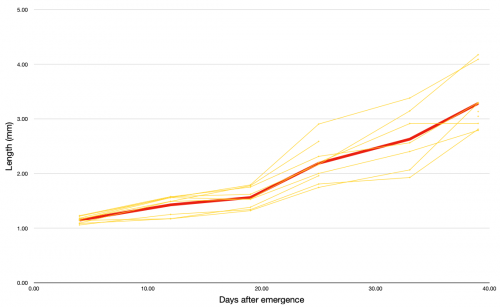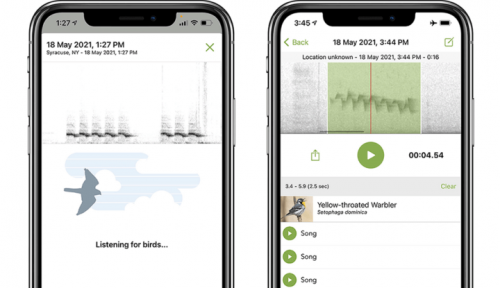I think I’ve got it under control, probably, although the internal sensations of doom and helpless descent into a spiral of chaos will continue until December. I’m meeting my co-instructor for cell biology this morning to synchronize our watches and re-attune our wavelengths, and my syllabi are nearly done, except that the other day the administration sent out another wave of boilerplate we have to attach to them. I don’t get the point of most of it; these are pages and pages of cover-your-ass copy that every single class will give to every student every semester for the next four years, and I’m pretty sure they all read the syllabus to get the list of readings and the dates of the exams and then skip the rest. I don’t blame them. That’s what I’d do.
On top of that, my spiders are erupting in babies right now, with another egg sac due to hatch out in the next day or so. My plan is to pull out a sample that I can set aside for observation, and the rest will be set free in my garage to hopefully prepare for overwintering. I’m curious to see how Steatoda triangulosa will do in a home environment, anyway. Maybe some will populate the compost bin, too?
I’ve got about 150 spiders in the incubators right now, which somewhat stresses me out with the burden of feeding every other day. And now I have to also feed students’ brains on top of that? I may have to set some priorities here.








